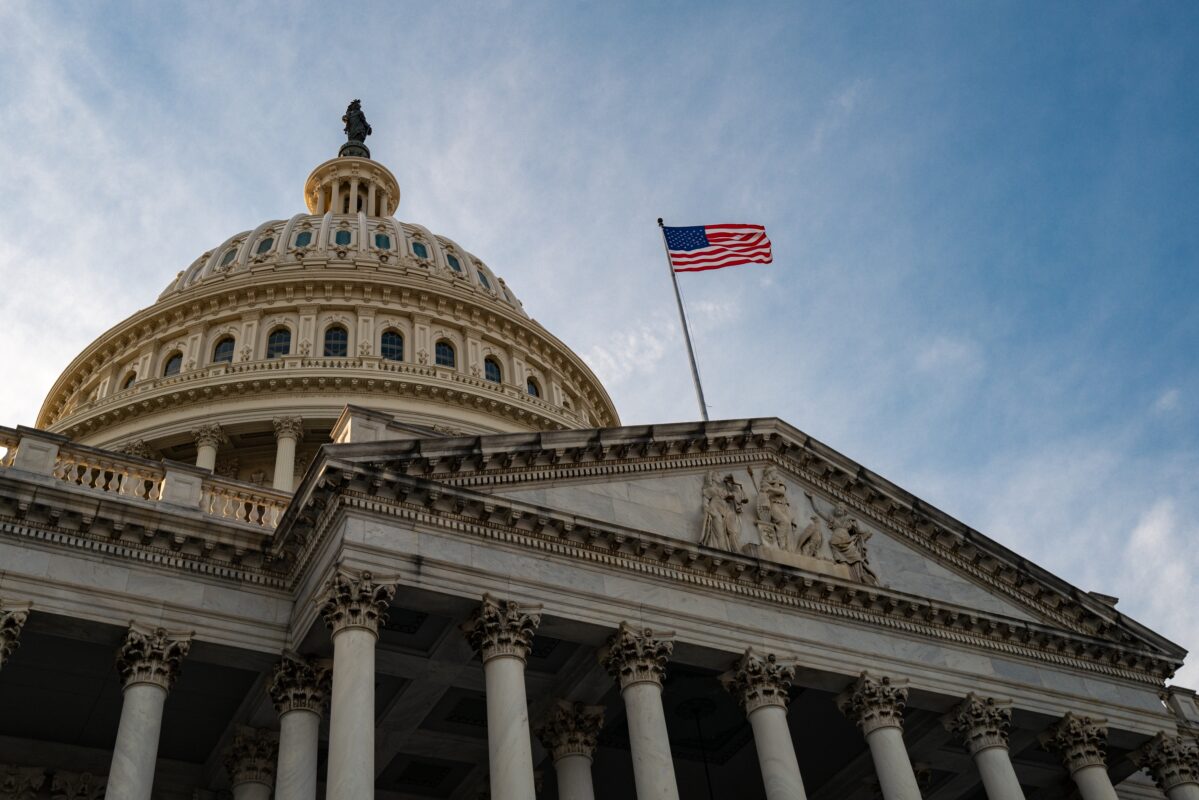A recent survey conducted by Strupp et al. (2025), analyzed intervention trends across 234 respondents from 47 countries. This survey sought to investigate preferred treatment types for unilateral vestibular dysfunction (UVD), bilateral vestibular dysfunction (BVD), superior canal dehiscence syndrome (SCDS), benign paroxysmal positional vertigo (BPPV), and Meniere’s disease (MD). Across respondents, UVD was most commonly treated pharmacologically with oral steroids, antiemetics, and Betahistine. The second most common treatment choice for UVD was vestibular rehabilitation therapy. BVD was most often treated with vestibular rehabilitation therapy. SCDS was most typically treated surgically thorough a variety of approaches. BPPV was most commonly treated with canalith repositioning, and treatment types were typically canal specific. Finally, MD was often treated with a variety of medications including Betahistine, diuretics, oral steroids, antiemetics, and gentamycin; the second most common treatment for MD was surgical.
These authors noted fairly heterogeneous treatment trends across respondents, regardless of practice location. However, the authors also noted a lack of empirical evidence supporting the efficacy of many of the drugs that were reportedly used for the various vestibular conditions.
Reference
Strupp M, Kern L, Laurell G, Lehner L, Grill E, Strobl R. (2025) World-wide survey on the treatment of peripheral vestibular disorders. Front Neurol 16.
Recent Posts
Academy Files Rulemaking Petition to Restore ABA Language in VA Regulations
Earlier last year, the Virginia Board of Audiology and Speech-Language Pathology finalized regulatory changes intended to streamline licensure by removing direct ties between certification and…
Congress Needs to Hear From Audiologists on Student Loan Access
The Professional Student Degree Act, H.R. 6718, introduced by Representative Michael Lawler (R-NY), was introduced in mid-December. This bill reaffirms audiology’s status as a professional…
Why Wild Animals Don’t Have Floppy Ears
In 1959, a scientist began a domestication experiment with silver foxes. Critics believed the experiment was, at the very least, too ambitious (if not outright…


